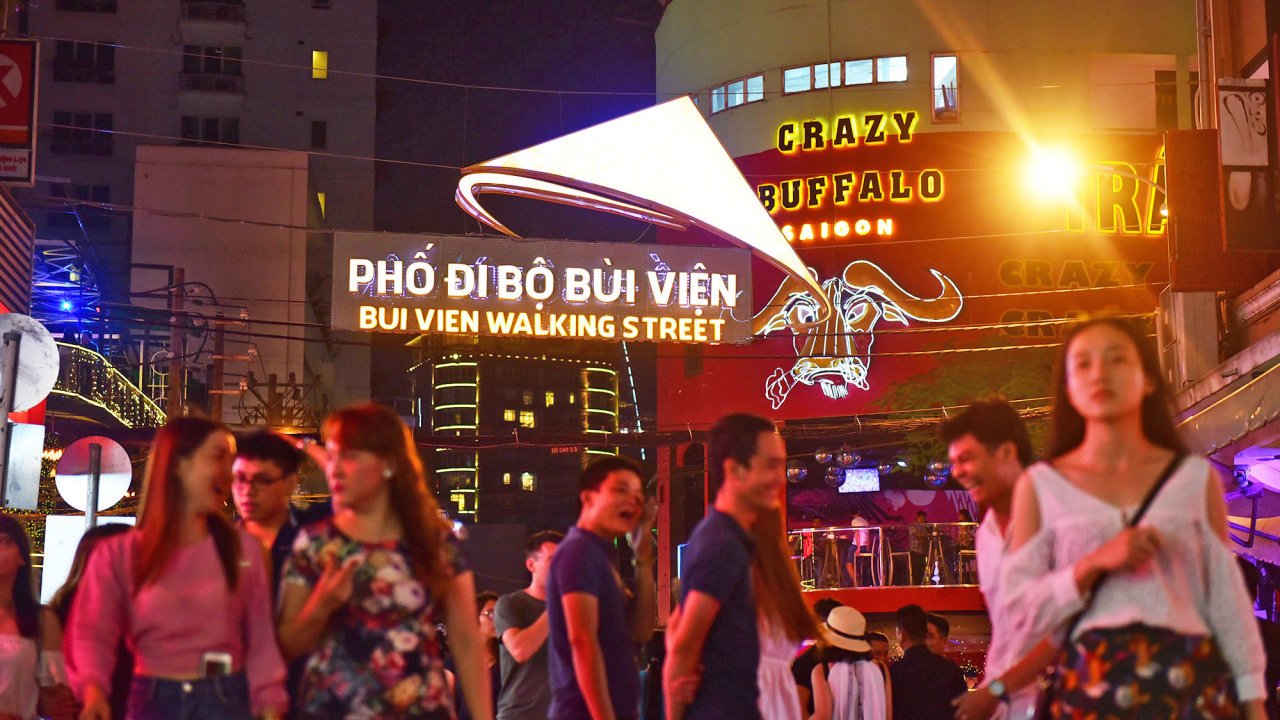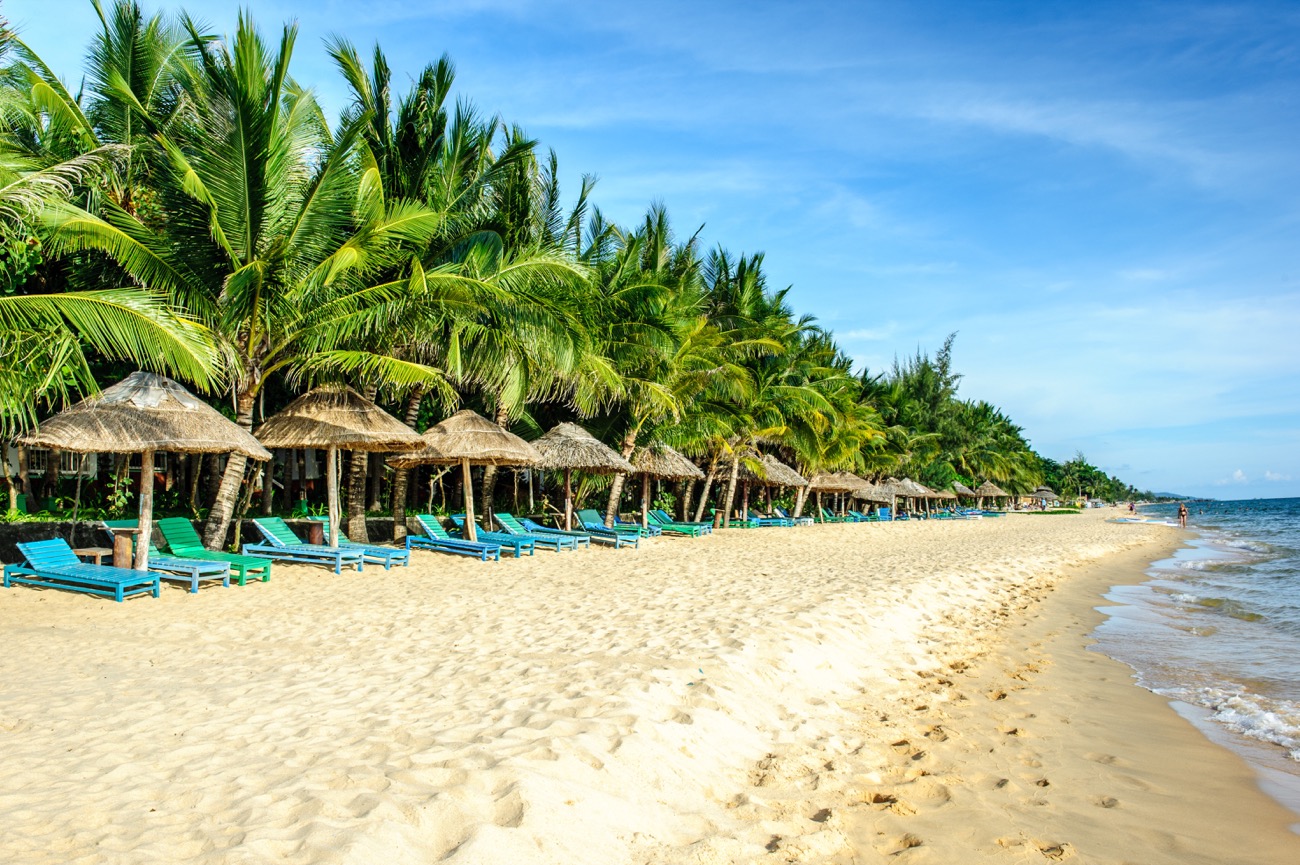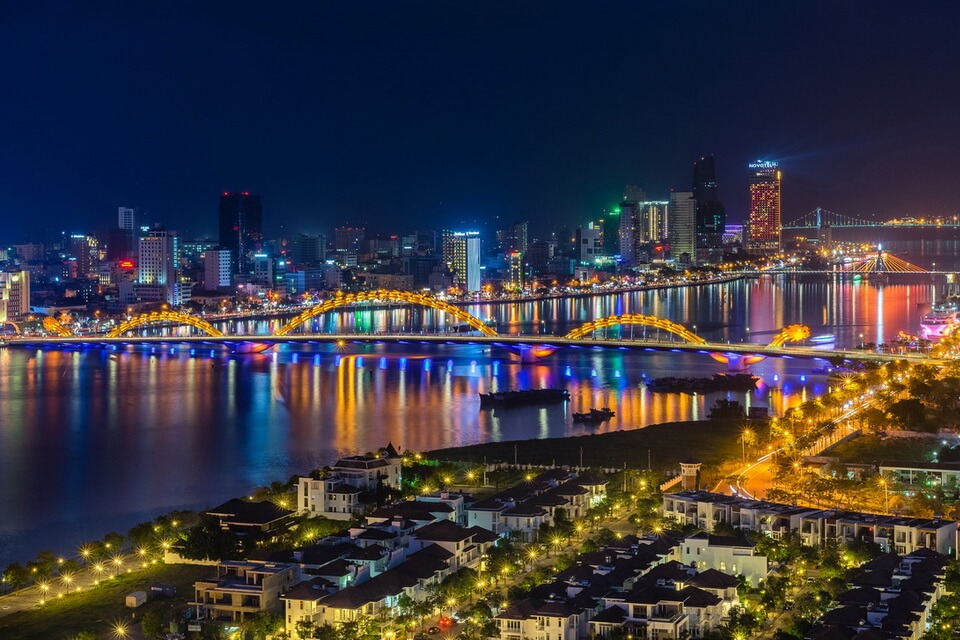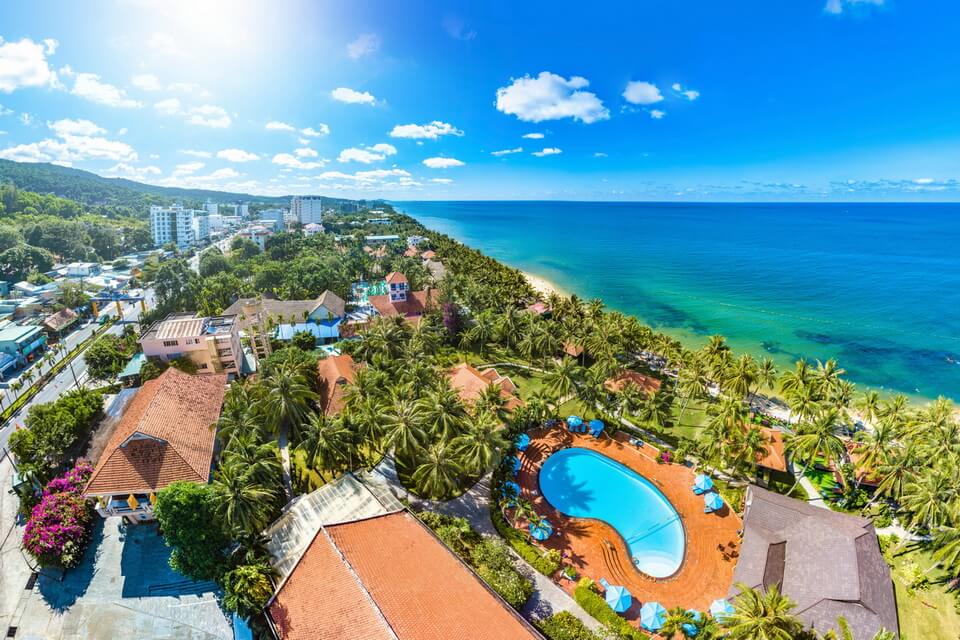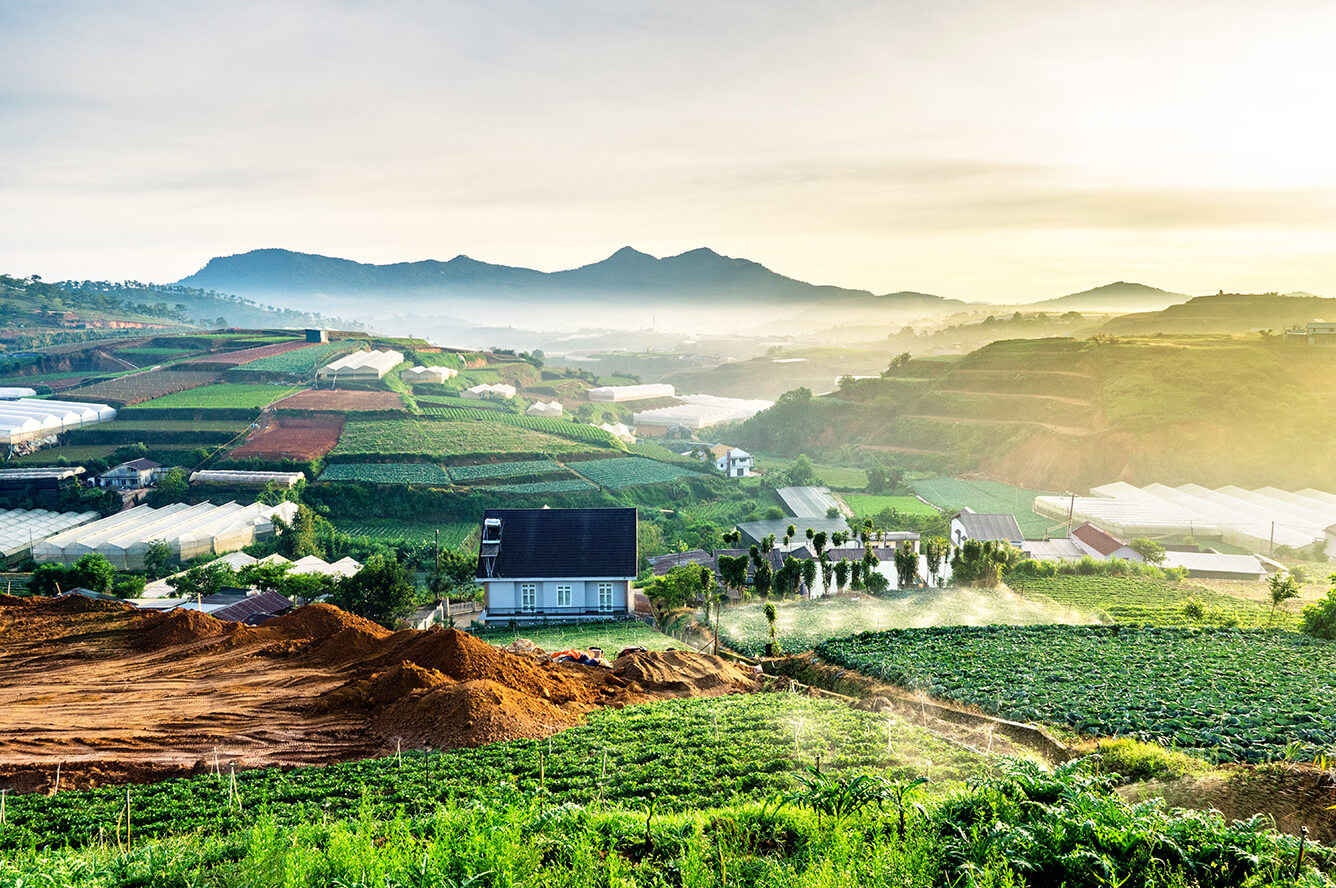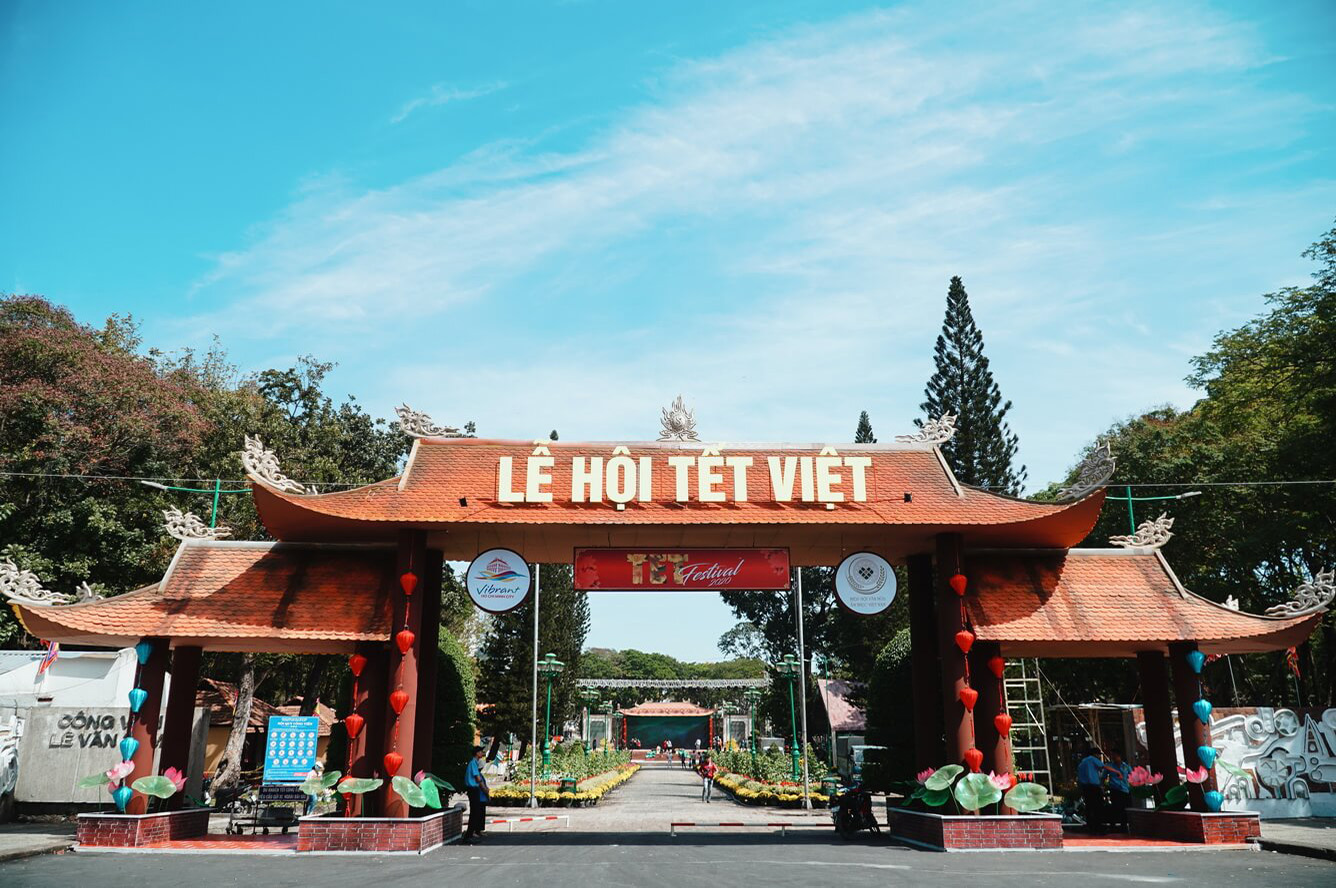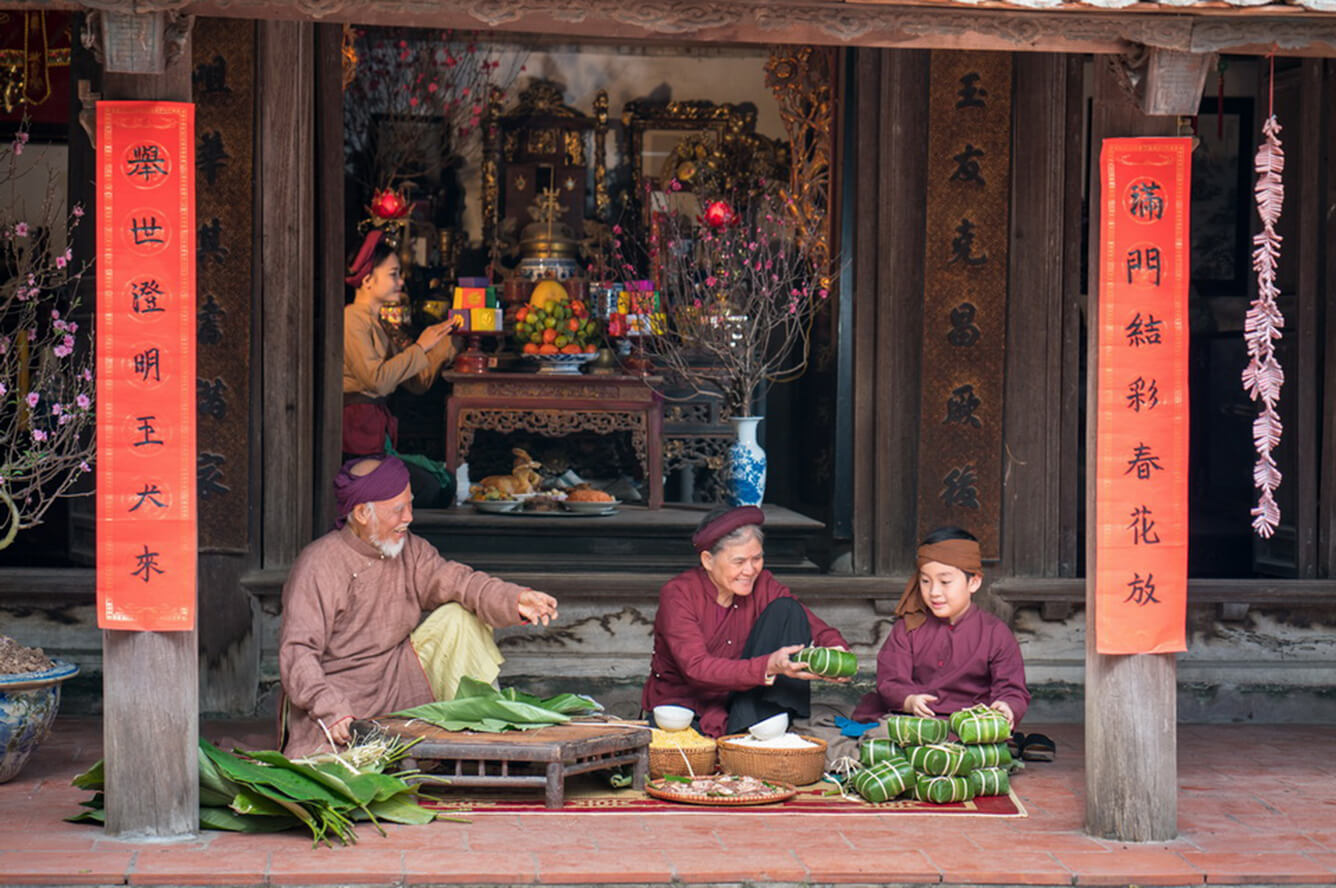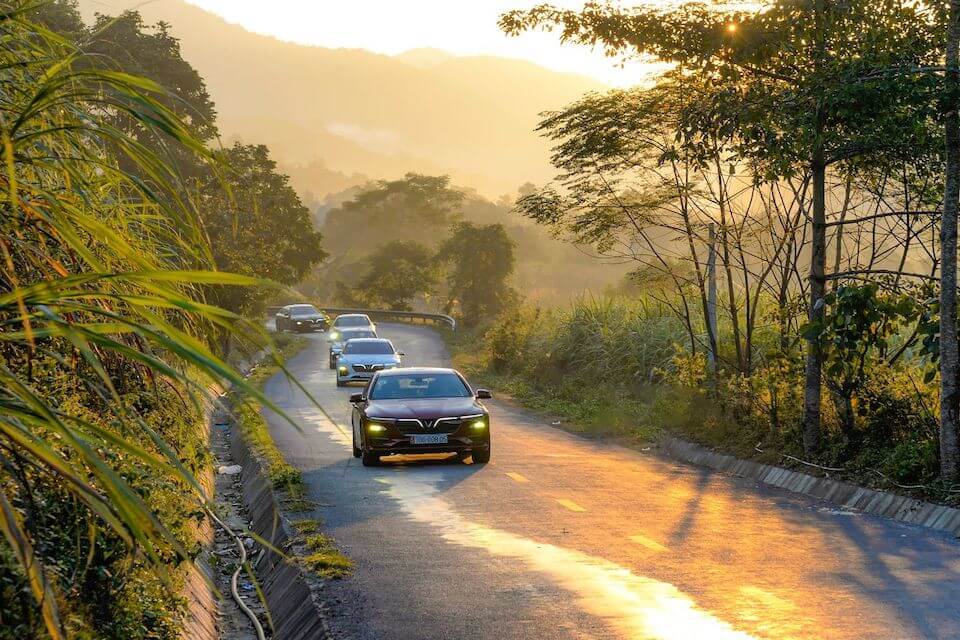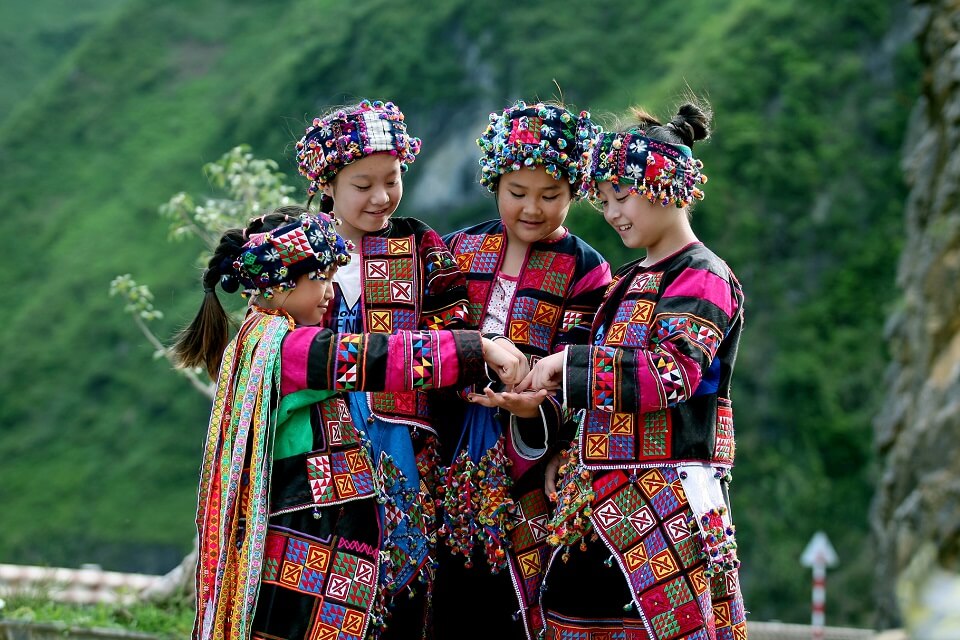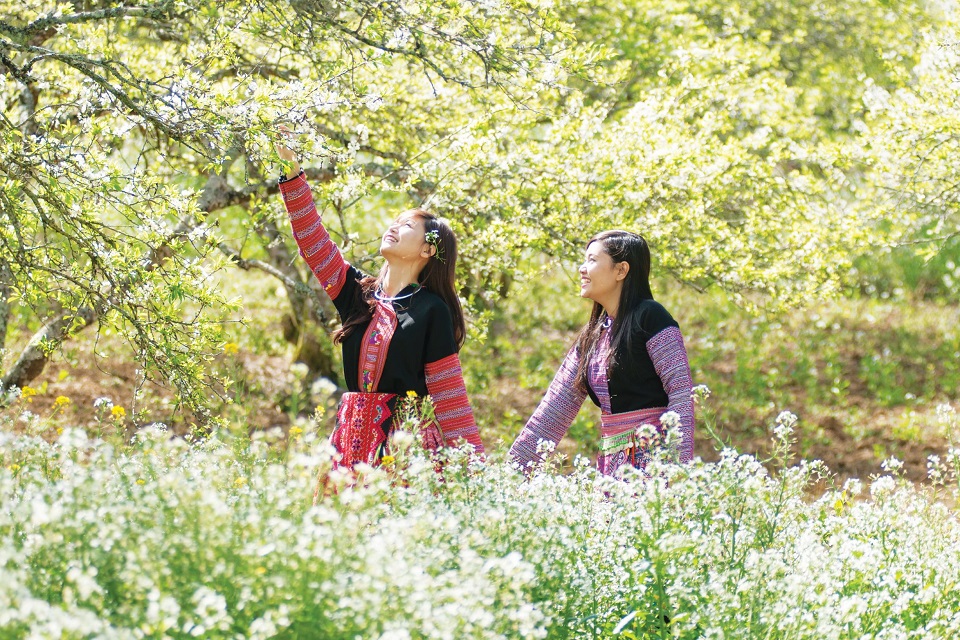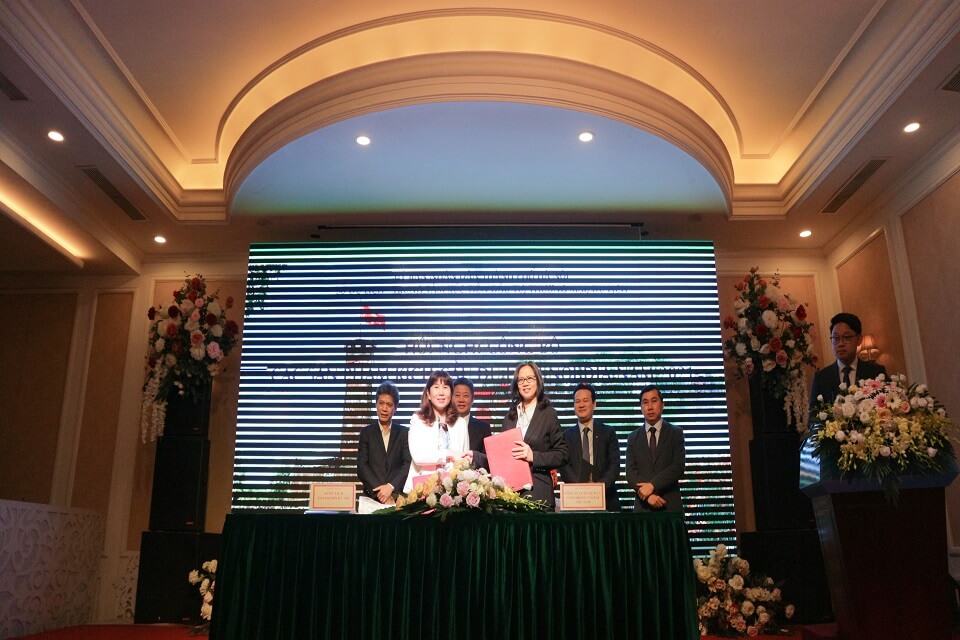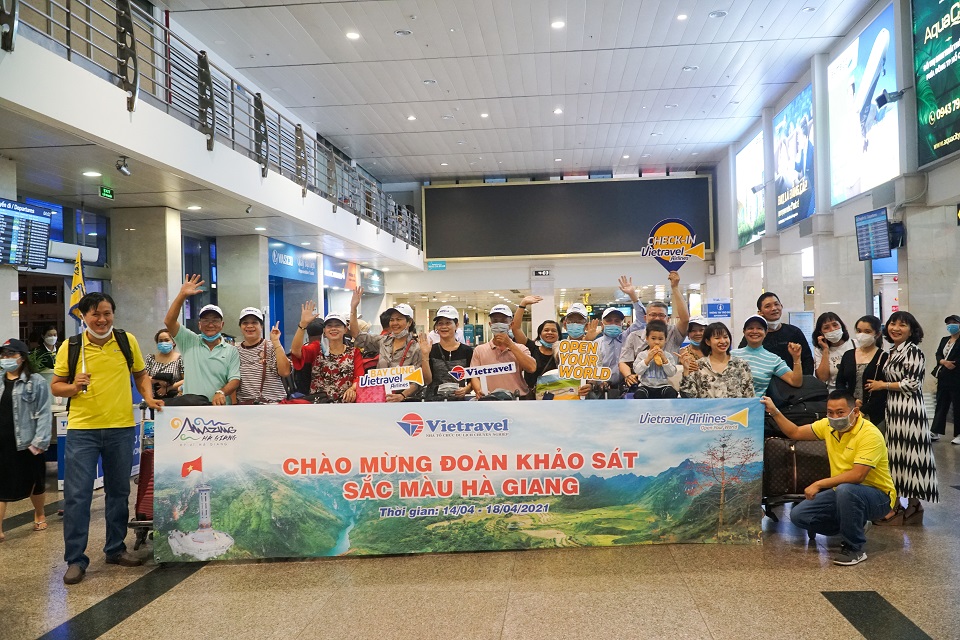Living in Ho Chi Minh City
Though many travellers might be shocked the first time they visit Vietnam’s chaotic biggest city, Ho Chi Minh City (HCMC) is beloved by residents as a place of surprising calm and order.
“The traffic looks crazy, yet once you are in it the cars move at a slow and steady pace, and you rarely see road rage,” said James Clark, an Australian who has lived in the city since 2012 and writes about his travels at Nomadic Notes.
Kelsey Cheng from Chicago, who lived in HCMC while volunteering, agrees. “Saigon is a very calming place, despite all the chaos. The lifestyle is relaxed and everyone seems to always make it to places (almost) on time.”
Saigon's features
But “it takes some time to get ‘under the skin’ before you can really start to appreciate the city,” said Matt Barker, founder of Horizon Guides, who moved to the city from the UK in 2015. The chaotic crowds and motorbike-flooded streets make many tourists head straight for other parts of Vietnam. But that would be a mistake, Barker said. “If you have the time to hang around, you’ll discover a city that is brimming with personality, attitude and food.”
HCMC residents can be frank and direct, which can feel like a contrast to the friendly northern Vietnamese and other Southeast Asian neighbours, “especially the famously warm Thais,” Barker said. While some might inadvertently interpret this as rude, residents say it means you can easily understand what someone wants or doesn’t want – a common refrain is that a northerner’s ‘yes’ may mean ‘no’, while a HCMCer’s ‘no’ means ‘no’.
The young population is also ambitious. “They all seem to want to be entrepreneurs,” said InterNations Consul Alan Murray, originally from the UK who has lived in the city for more than 10 years. “Everyone is clutching a smartphone and rushing about on motorbikes.”
Saigon's cuisine
An Duong, head of technology at travel startup TourMega and native of the city, agrees.
“Saigonese are givers and don’t need to take anything back for themselves,” he said. “You’ll see free iced-tea buckets on the streets to serve poor people such as motorbike drivers and street vendors. People help others voluntarily and enthusiastically like they are in a family.”
The best way to see the city is by scooter, so you can hop on and off, check out the various districts and snack at the plentiful food stalls. Barker suggests trying Bun thit nuong, a classic street-food dish of cold noodles with barbeque pork and shredded lettuce. “You can find a stall on most street corners; just pull up a plastic stool and dig in,” he said. The Lunch Lady in District 1, a favourite of locals and Anthony Bourdain alike, serves up a different noodle soup bowl each day – no menu required.
Where do you want to live?
District 2, across the Saigon River, is one of the city’s more newly developed areas, with many restaurants, malls and high-rises. Expats flock to the fashionable Thao Dien area in a loop within the river, which has some of the most recent construction and an ever-growing assortment of restaurants, apartment blocks and schools. Many long-term expats, or those with children, live in modern suburb D7, 20km to the south of the city, as it has international schools and larger houses.
Where can you travel?
Those looking to escape the heat head for Dalat in the Central Highlands (300km to the northeast), known as the city of eternal spring for its temperate weather, or Dak Lak province (350km to the northeast) for waterfalls, world-famous coffee and cultural diversity (the region is home to more than 40 different ethnic groups).
Flights to other Asian cities are affordable and fast; Bangkok, Kuala Lumpur and Singapore can be reached in two hours, and Hong Kong and Taipei in three.
Is it affordable?
“There are plenty of ways to spend your money, but if you rent a place not advertised on expat sites and eat local food, you can live for under $1,000 a month [22,800,000 dong],” Clark said.
“In my first month here I spent $724 [16,500,000 dong],” he said, adding that even included $150 (3,400,000 dong) on coffee, owing to the city’s vibrant cafe culture, where cafes commonly double as office space for the city’s growing digital nomad population.
Source bbc

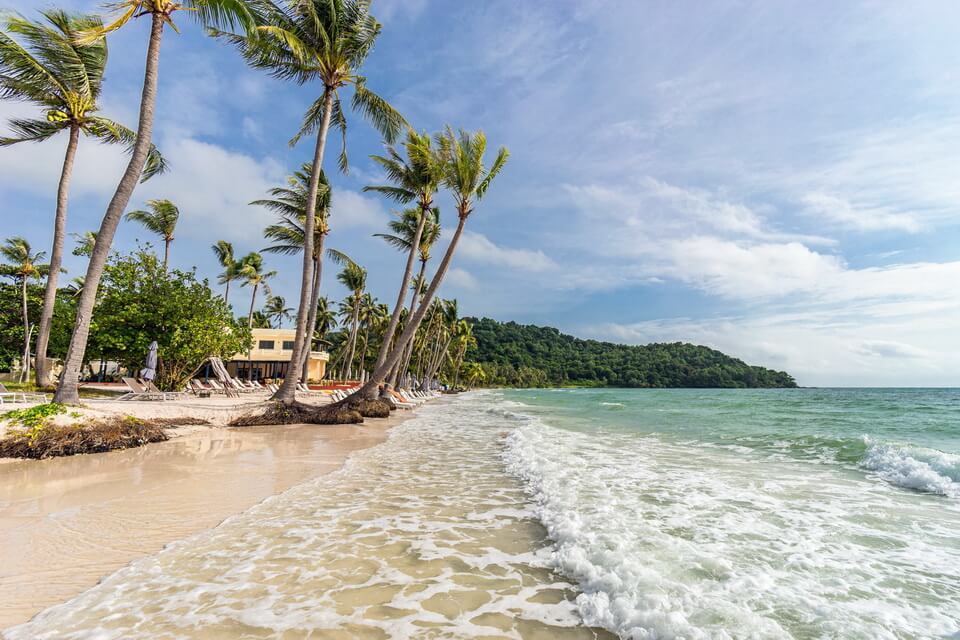
6 most beautiful beaches in Phu Quoc
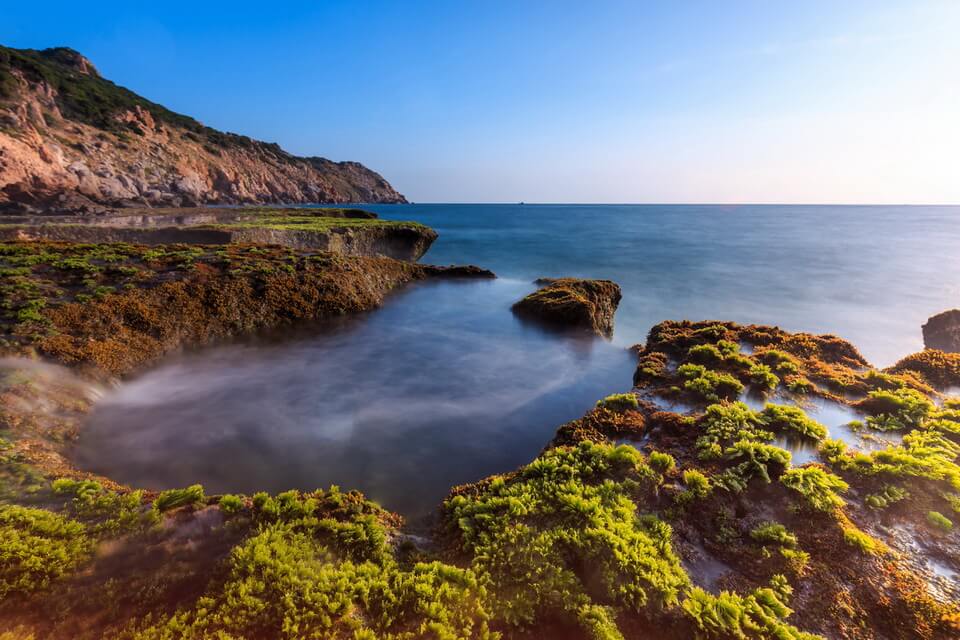
Chilling out at 5 sea paradises of the South Central Coast
Having your heart stolen in Quy Nhon
If you have never been to Quy Nhon, gone around or discovered emerald Ky Co, cool Eo Gio in the late ...
6 gorgeous sea paradises for summer travel
In the hot weather, you may just want to get away to the blue sea, immerse yourself in the refreshin ...
Luxuriously checking in at famous resorts in Phu Quoc
What motivates you every time you think of travel? To get some new experiences, to relieve stress, t ...
Enjoy 24 hours in Da Lat, Vietnam
Today, both foreigners and Vietnamese tourists love to visit Da Lat any day in the year for some coo ...
Tet and others spectacular festivals around the world in January 2020
In January 2020, Tet festival in Vietnam and others spectacular festivals around the world are color ...
Tet Nguyen Dan in Vietnam and best places to visit
Tet Nguyen Dan or Tet is the most important festival in Vietnam. It is the Vietnamese New Year marki ...









